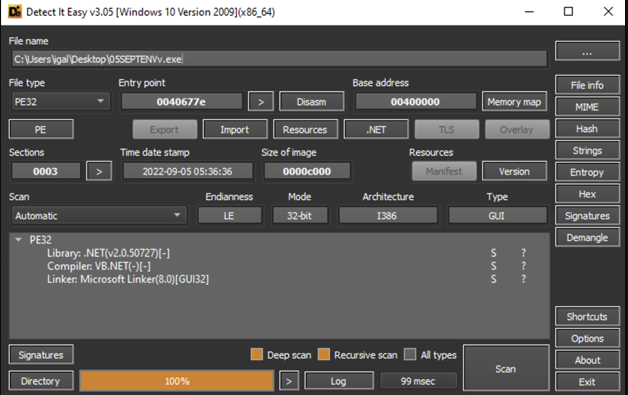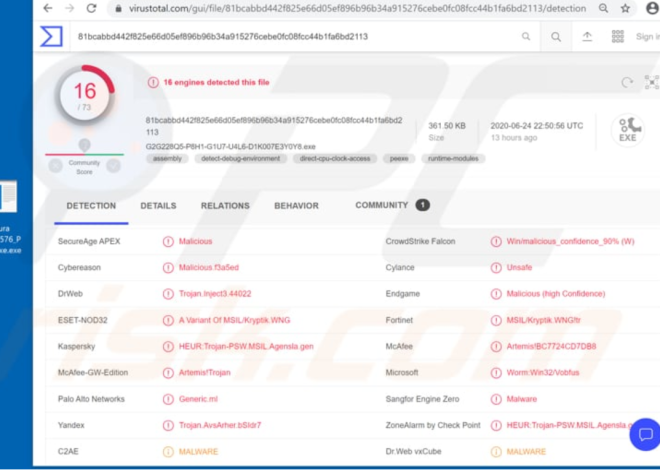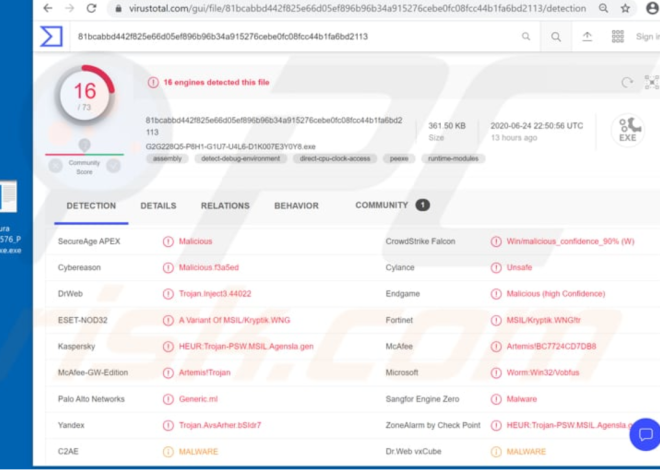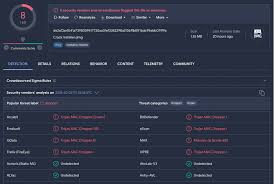
NJRAT Red Version Error 404
In the ever-evolving world of cyber threats, Remote Access Trojans (RATs) remain a persistent and dangerous tool for attackers. Among these, a well-known NJRAT Red Version —often referred to by its alias—has gained notoriety for its flexibility and widespread use in cyberattacks. This malware enables attackers to take full control of infected systems, steal sensitive data, and deploy additional malicious payloads. Its modular design and ease of customization make it a favored choice for cybercriminals targeting individuals, businesses, and even government entities.
Download Link 1
Download Link 2
Download Link 3
Download Link 4

What is NJRAT Red Version?
This RAT is sophisticated malware designed to provide attackers with remote administrative control over compromised systems. It operates stealthily, allowing threat actors to execute commands, harvest credentials, log keystrokes, and even activate webcams and microphones for surveillance. Typically distributed through phishing emails, malicious attachments, or exploit kits, this RAT is often used in espionage, financial theft, and large-scale botnet operations.
Key Features of NJRAT Red Version
| Feature | Description |
| Remote Control | Grants attackers’ full access to the infected system, including file management and command execution. |
| Keylogging | Records keystrokes to capture passwords, credit card details, and other sensitive input. |
| Screen Capture | Takes screenshots of the victim’s desktop to monitor activities. |
| Webcam & Mic Access | Enables spying through the victim’s camera and microphone. |
| Persistence Mechanisms | Ensures long-term access by modifying startup entries or using rootkit techniques. |
| Data Exfiltration | Steals and uploads files, credentials, and system information to a C2 server. |
| Plugin Support | Allows additional malicious modules (e.g., cryptocurrency miners, ransomware) to be deployed. |
How NJRAT Red Version Works
The malware follows a structured infection chain to compromise systems and maintain control:
Initial Infection
- Phishing Emails.
- Drive-by Downloads.
- Social Engineering.
Execution & Persistence
- Modifying registry keys.
- Creating scheduled tasks to relaunch after reboots.
- Using rootkit techniques to hide its presence.
Command & Control (C2) Communication
- Downloading/uploading files.
- Executing scripts or additional malware.
- Activating keyloggers or screen capture.
Data Theft & Surveillance
- Keylogging.
- Screen Monitoring.
- Webcam/Mic Hijacking.
- File Theft.
Evasion & Anti-Analysis
- Code Obfuscation
- Process Injection
- Dynamic C2 Switching.


